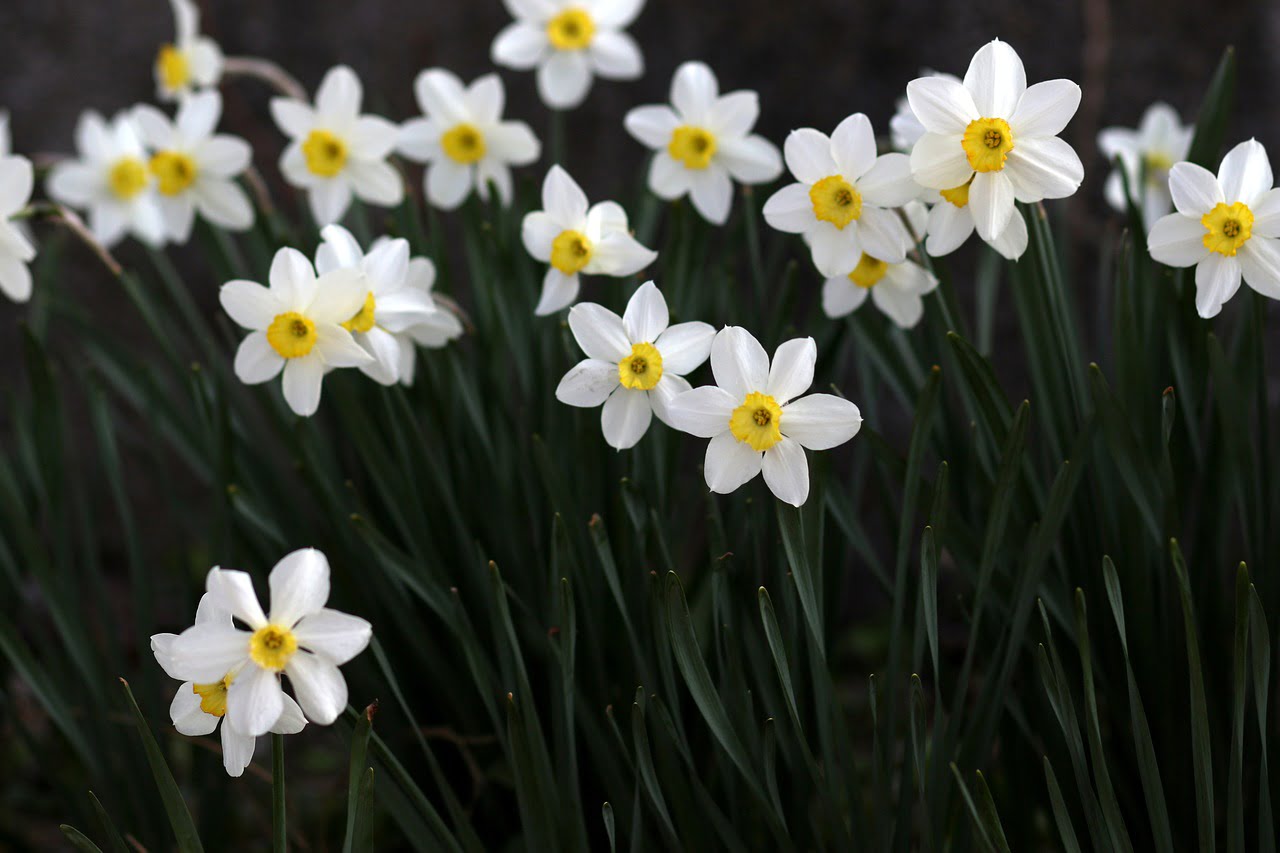Hi @alison274
This is a great question!
The quick answer is that most Ivy spreads via shallow roots, but the main Ivy 'parent plant' will always need something slightly more substantial to get it off the ground before its stems start to reach out and colonise open ground. It's only once it's established that these shallow roots will suffice to keep the ivy sustained with plant nutrients and water.
Ivy won't discriminate against a deeper planter, so don't panic; it will pretty much grow anywhere. Besides, with a deeper planter you can plant spring bulbs to extend the season!

With any rectangular planter, you want it to be at least 30cm deep and 50cm wide. This is for two reasons:
1-It means you're not watering it constantly like shallow trays or small pots
2- Larger pots allow for at least 3 plants to be planted rather than one 'lone ranger' which can sometimes look lost or will allow a larger vigorous plant to spread out without needing to keep being repotted.
I often find its best to have a few 'really large' pots (depending on the space you have) rather than lots of little pots dotted here and there that can look piecemeal and requires a tonne of additional watering/feeding.
A nice plant to underplant ivy with are Cyclamens for winter interest or Ferns if you're going for that evergreen textured look.
Happy gardening.
Hi @alison274
This is a great question!
The quick answer is that most Ivy spreads via shallow roots, but the main Ivy 'parent plant' will always need something slightly more substantial to get it off the ground before its stems start to reach out and colonise open ground. It's only once it's established that these shallow roots will suffice to keep the ivy sustained with plant nutrients and water.
Ivy won't discriminate against a deeper planter, so don't panic; it will pretty much grow anywhere. Besides, with a deeper planter you can plant spring bulbs to extend the season!

With any rectangular planter, you want it to be at least 30cm deep and 50cm wide. This is for two reasons:
1-It means you're not watering it constantly like shallow trays or small pots
2- Larger pots allow for at least 3 plants to be planted rather than one 'lone ranger' which can sometimes look lost or will allow a larger vigorous plant to spread out without needing to keep being repotted.
I often find its best to have a few 'really large' pots (depending on the space you have) rather than lots of little pots dotted here and there that can look piecemeal and requires a tonne of additional watering/feeding.
A nice plant to underplant ivy with are Cyclamens for winter interest or Ferns if you're going for that evergreen textured look.
Happy gardening.
 Lee Burkhill: Award Winning Designer & BBC 1's Garden Rescue Presenters Official Blog
Lee Burkhill: Award Winning Designer & BBC 1's Garden Rescue Presenters Official Blog



